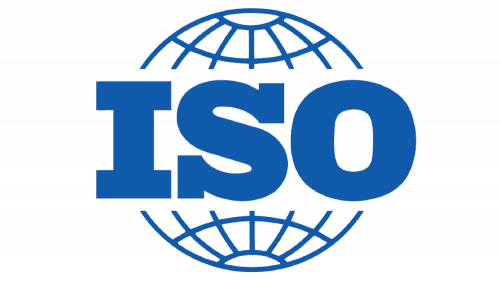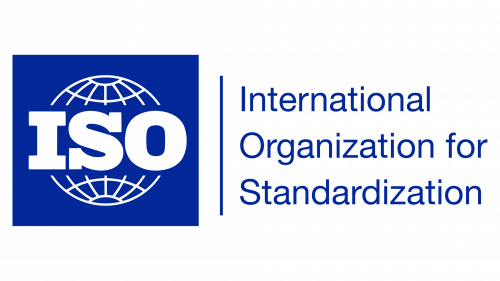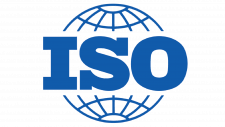ISO Logo
The main role of ISO is to promote the development of standardization and related activities to ensure the simplified circulation of goods and services at the international level and to support cooperation in various sectors of the economy. ISO has evolved quite rapidly as its standards helped governments of many countries to solve various problems in the field of economy and emerging difficulties in the implementation of trade. The standards provided a lot of useful information and new approaches to quality, ecology, and safety. More than 1000 International Standards are published annually.
Meaning and History
The date of birth of this organization is October 26, 1946. This is when representatives from twenty-five countries met at the Institute of Civil Engineers, located in London. They decided to create a new international organization, the purpose of which was to promote the coordination and unification of industrial standards. When choosing a name for the new organization, they wanted the abbreviation to sound the same in different languages. It was decided to use the Greek word “equal”( ίσος), for this reason, the organization has a short name “ISO” in all languages of the world. The official start date for the new organization was February 1947. Since then, more countries joined the ISO and it has been developing technical standards across virtually every business, industry, and technology.
What is ISO?
ISO is an independent non-governmental organization specializing in the development of international standards. Since its inception until today, ISO has published about twenty thousand standards covering virtually every aspect of technology and production.
1946 – Today
The design of the organization’s emblem has several elements. The name abbreviation is placed at the forefront. It is done using a bold font with slab serifs. Right behind it, there is an outline of the globe that uses much thinner white lines. It represents the international nature of the standards published by the ISO. Finally, the logo has a square background. Originally, it was done as black and white stripes, but later it was replaced by a solid blue or red color, Although the logo has undergone minor changes, such as a new color palette and fewer latitudinal and longitudinal lines, it stayed recognizable and preserved the original idea.
Font and Color
Although a blue and white color palette is considered a standard, one can also find red and white, dark gray and white, and even black and white versions of this logo. the organization did not use a fancy typeface but rather chose an easy-to-read, bold font with slap serifs. Both the font and the color choices make it look authoritative and trustworthy.












